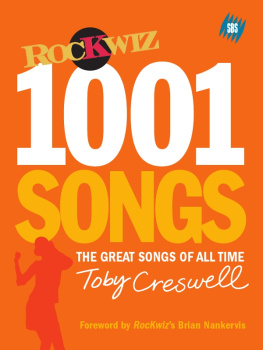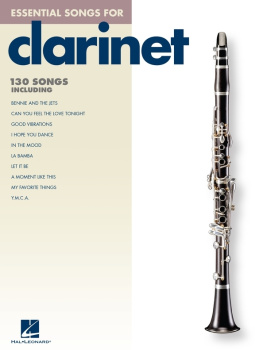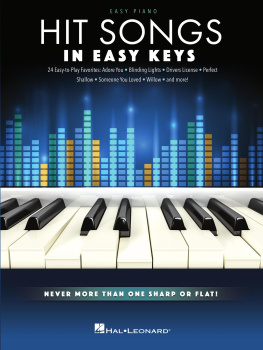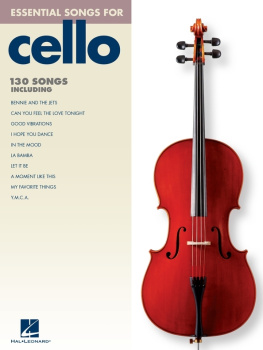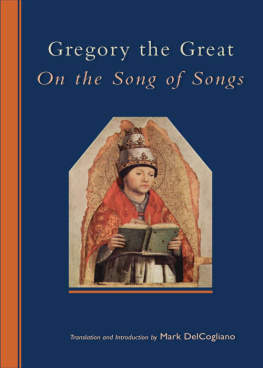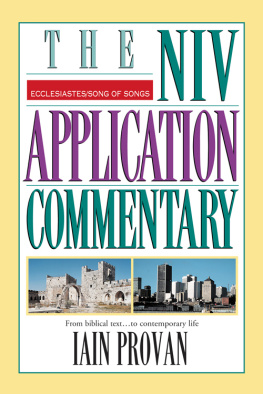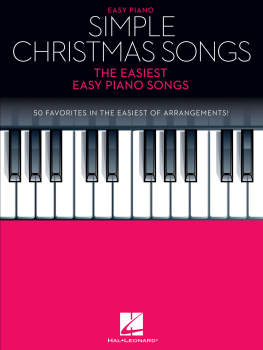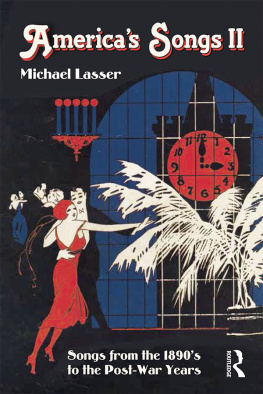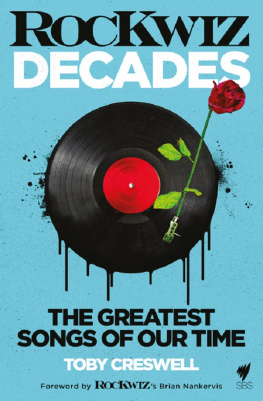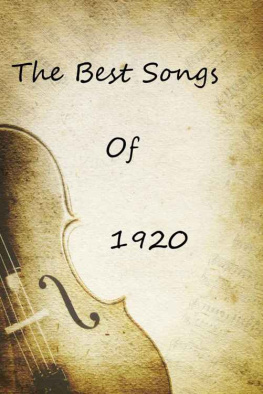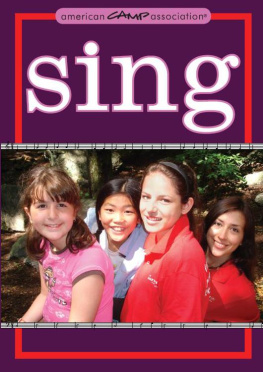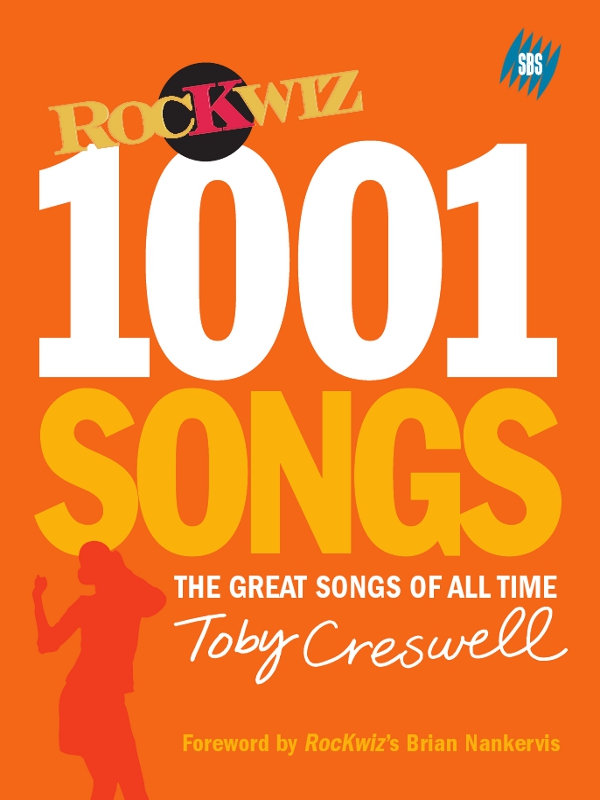
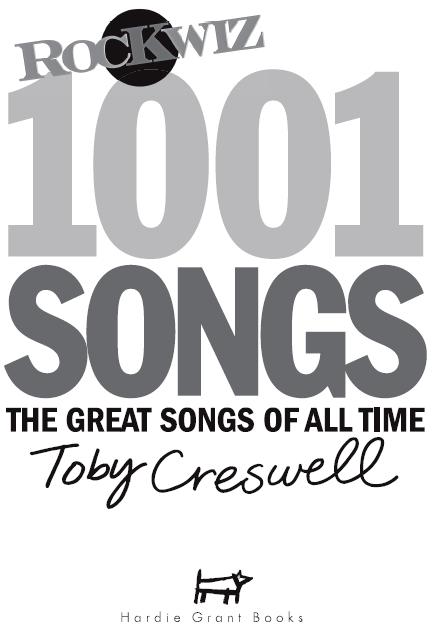
This edition published in 2007
First published in 2005
by Hardie Grant Books
85 High Street
Prahran, Victoria 3181, Australia
www.hardiegrant.com.au
All rights reserved. No part of this publication may be reproduced, stored in a retrieval system or transmitted in any form by any means, electronic, mechanical, photocopying, recording or otherwise, without the prior written permission of the publishers and copyright holders.
The moral right of the author has been asserted.
Copyright text Toby Cresswell 2005
National Library of Australia Cataloguing-in-Publication data:
Creswell, Toby.
1001 songs.
Rockwiz ed.
ISBN 978 1 74066 458 5 (pbk.).
1. Popular music - Miscellanea. I. Title. II. Title :
One thousand and one songs.
781.64
Edited by Martine Lleonart
Cover and text design by
Gayna Murphy, Greendot Design
Typeset by Pauline Haas, bluerinse setting
Printed and bound in China by SNP Leefung
Every attempt has been made to contact copyright holders. The publishers would like to hear from any copyright holders who may have not been attributed.
10 9 8 7 6 5 4 3 2 1
This one goes out to
Samantha and Alice
Acknowledgements
This book would not have been possible without Foong Ling Kong who commissioned it, Julie Pinkham who ran with it, and mostly Mary Small who has done a magnificent job of wrestling it into shape. Martine Lleonart did a robust copyedit. Gayna Murphy designed with her usual elegance. Rachel Pitts and Pauline Haas worked tirelessly to the end. Hardie Grant is an authors delight.
My appreciation goes to Rose Creswell, Lesley McFadzean, Jane Cameron and the staff of Camerons Management.
I am grateful to Ed Kuepper, Brad Lonard, Murray Power, Tom Kristensen and David Messer for their suggestions on selections.
Chris Moss, Ed St John and Nadya Balzarolo very kindly sent me albums.
For assistance of all kinds I would like to thank Martin Fabinyi, Alex Cameron, Jackie Dennis, Catherine Courtenay, Ross Brookes, Jolyon Burnett and Anne Briggs, Bruce Daly, Margaret Merten, Geoffrey Datson and Annette Hughes, Paul and Anne Trenoweth, Kate Butchart and Martin Pedersen.
This would not have been possible without Tim Singleton and Gwen Creswell.
I also cannot thank John ODonnell, John Bush, Tara Anderson and Clinton Walker enough.
NOTE: The songs in this book have many and varied provenances. The year generally refers to the first recording or publishing of the song. The album cited is the preferred album on which the track can be found.
Remember that up until about 1966 albums were often cobbled together from singles and other tracks. Many of the selections even pre-date the long-playing record. Also, record companies change over time and according to the country, so the record company listed is mostly there as a guide.
The main research source for 1001 Songs was the All Music Guide (www.allmusic.com). When in doubt, this has been consulted for release dates, songwriting credits and album listings.
The other invaluable resource was the website Rocks Backpages (www.rocksbackpages.com), a repository for some of the worlds best writing on popular music.
Foreword
Its all about songs.
Without the songs we have nothing. All those magical moments that make music fans swoon the singles, the albums, the concerts, the books, the DVDs, the liner notes, the dance-floor fillers, the car tapes and the carefully compiled CD burns, the posters on our bedroom walls all this joy simply would not exist without songs.
For me, it started with songs. I remember listening to White Room by Cream on a radio built into the bedhead in a motel in Wagga Wagga while my brother shivered with chicken pox and my mum mopped his brow from a Tupperware bowl. I remember hearing Pretty Woman by Roy Orbison on a brown transistor, sitting beside the Goulburn River with my dad, fishing and twiddling that radio dial. I remember my next-door neighbour Merrilee dancing to Love Me Do, and I remember singing Pamela Pamela by Wayne Fontana in front of my bemused Grade Six class.
I dont remember much about my HSC biology classes, but I vividly recall huddling around a neglected Bunsen burner in the back of the science lab with Roger and Andy, passionately debating the much maligned 1970 Bob Dylan album, Self-Portrait. We didnt care that the critics hated it or that most serious Dylan fans were confused or outraged. We loved it, and we loved it because of the songs.
1001 Songs was first released in 2005, the year that RocKwiz began screening on SBS television. I remember buying the book and instantly realising that not only was it a goldmine of eye-opening, essential information but, just as importantly, it was also filled with smart, strong opinions from a writer Id respected over many years. It has been an incredible resource in the creation of the RocKwiz scripts and questions.
There are old favourites in here, songs I wasnt familiar with, plenty of contemporary artists and, of course, songs that you dont really want to hear, but youre happy to read about. I dont need to listen to Relax by Frankie Goes to Hollywood again, but I was fascinated to read that it has the same beat as Saturday Night Fever, that the heavy breathing and the stuttering musical passages were a nod to Donna Summer, and that guest musicians included members of Ian Durys Blockheads and Steve Howe from Yes!
So, on behalf of all the fine folk at RocKwiz, I hereby take great pleasure in lending our full support, with true excitement and much gratitude, to this edition of Tobys book 1001 Songs.
Brian Nankervis, Melbourne, November 2007
Introduction
In 1975 I learnt an important lesson about popular music.
For seven hours and twenty-one minutes each day I was a Class One clerk in the Repatriation Department in Sydney. My responsibility was to authorise chiropody for war widows and returned servicemen. In my lunch hour I would sneak off to a record bar called Ripple in the Angel Arcade that sold import LPs. In those days less than half of the releases in the UK or the US were available in Australia. The import stores were like Alladins caves.
Ripples chief asset was Jules Normington, the assistant manager. If you can imagine Championship Vinyl, the shop fictionalised in Nick Hornbys Hi-Fidelity but without the sarcasm, irony or one-upmanship then you have some sense of what Jules was like. Often Id wander in and he would exclaim, Listen to this. This is the best record ever made! It might be Robert Palmers Sneaking Sally Through the Alley or Rick Dankos first solo album or Lou Reeds Coney Island Baby, or later it might be Televisions Little Johnny Jewel or Leonard Cohen. At the time I aspired to the great calling vocation of rock criticism and Jules wayward enthusiasm was heresy. I thought that rock & roll was an art form, and if it was an art form, then it must have a canon as painting and poetry and literature and the cinema did. There must be some hierarchy. If rock & roll is a real art form, then Disco Tex & the Sex-O-Lettes Get Dancing certainly cant be the best record ever.
Of course I was wrong. What Jules meant was that right here and right now, Disco Tex was in the pocket. It hit the sweet spot. It made its own kind of logic. It didnt matter whether people would be listening to Disco Tex in thirty years time or not (and theyre not).
Next page
